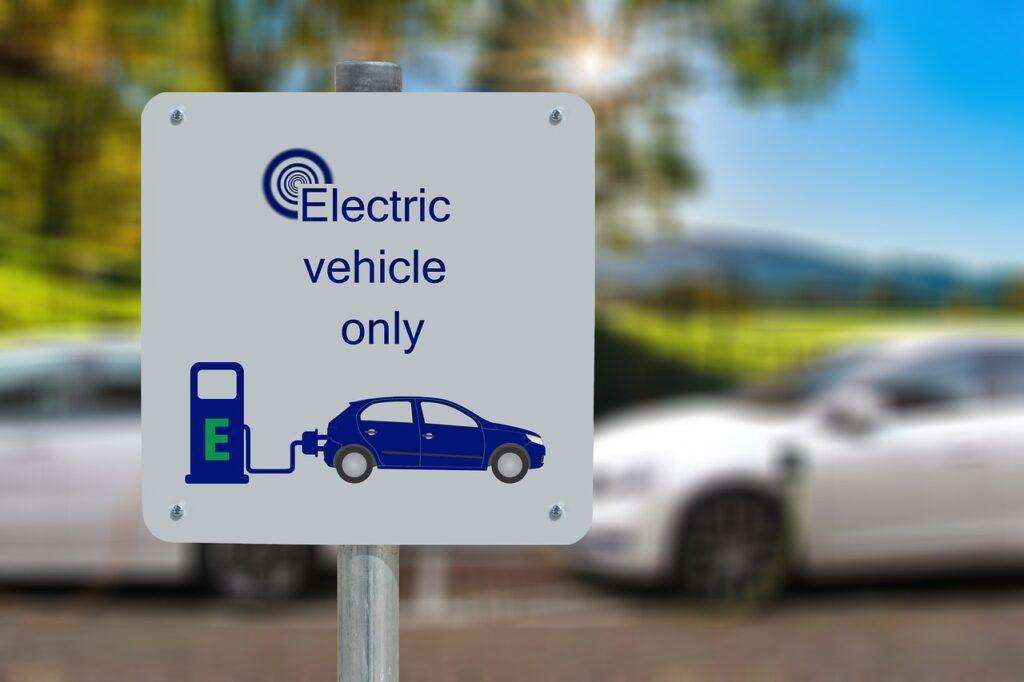The emergence of innovative technologies has radically changed the way vehicles and fleets are managed. In this regard, connected fleets (or smart fleets) emerge as a solution for optimising the vehicle management of all types of businesses. And proper fleet management is key in order to achieve the best results on any route or trip. Would you like to know more about what they are, how they work and what advantages connected fleets have? Keep reading!
What are smart fleets and how do they work?
Smart fleets integrate real-time communication technologies into their vehicles and management systems. Hence, from a centralised platform, you can continuously interact with vehicles and collect data in the cloud. This connectivity is useful for arranging and managing important data in real time, such as performance, consumption, location etc.
Connected fleet management involves the administration, management and supervision of a group of vehicles connected to these technologies and intended for some type of business activity. They may be all types of vehicles (cars, delivery vans, buses etc.) and they may be dedicated to any type of business, route or trip. This management ranges from planning actions, routes and staff to maintenance tasks.
Basically, the implementation of smart fleets improves efficiency whilst cutting costs and safe and sustainable mobility is embraced, turning vehicle data into important information about their performance and yield.
What advantages do connected fleets have?
- Road safety is greatly improved. Details which might otherwise be overlooked (such as low tyre pressure, for example) can be detected in connected vehicles in real time and through warnings, thereby increasing the safety of drivers and operators.
- The safety of the vehicles themselves also increases. The constant localisation and monitoring of factors such as location allows us to know the status and location of the vehicles at all times. In this way, savings are also made on external systems and installations (such as cameras or alarms), since immediate alerts are received if any of the vehicles deviates from the established parameters.
- Preventive Maintenance. Data collected in real time from vehicles provide a clear, comprehensive view of the state of health of the fleet. Maintenance alerts and notifications allow failures or problems to be identified from the very start before they become more serious, increasing the margin for response and the possibilities of repair and solution.
- Optimisation and planning. Vehicle monitoring and location allow you to optimise and increase the efficiency of routes, trips and deliveries, reducing travel times, costs and improving punctuality.
- Regulatory compliance. The constant monitoring of time, location and travel status data facilitates the monitoring of compliance with regulations pertaining to thoroughfare areas or equipment driving times, amongst other factors.
It is increasingly evident that connected fleets represent the future of vehicle and fleet management, affording a wide range of advantages and benefits that allow companies and businesses to optimise their operations, cut costs and improve their competitiveness in a constantly changing market, whilst achieving their sustainability goals.





